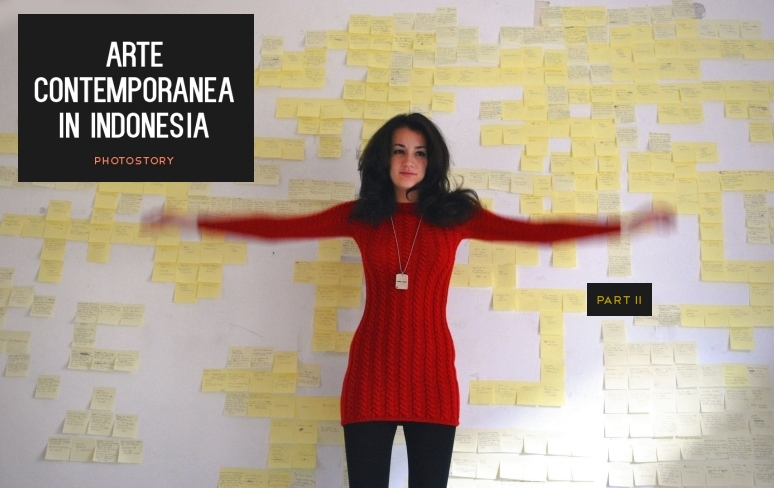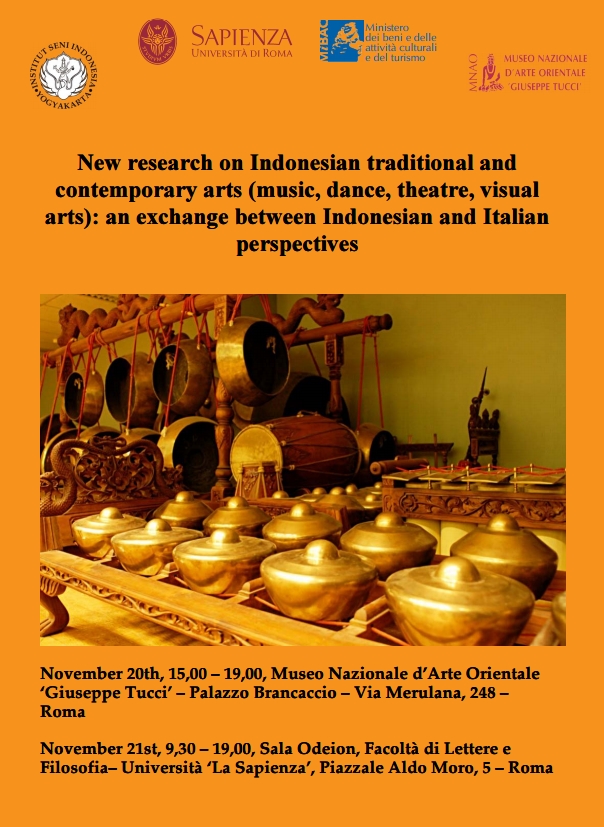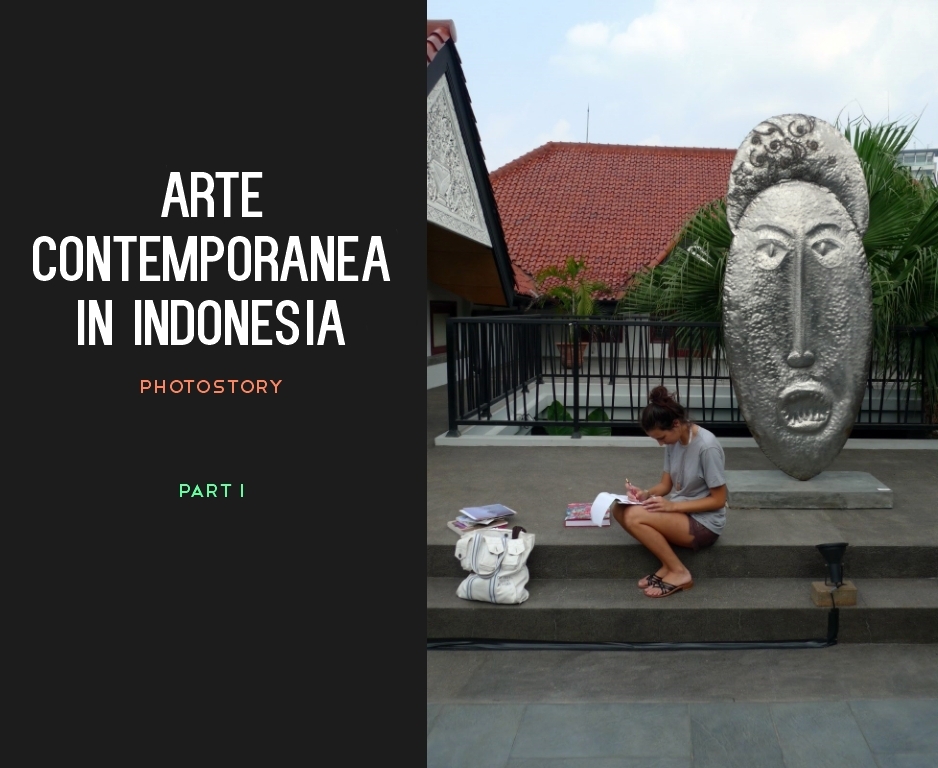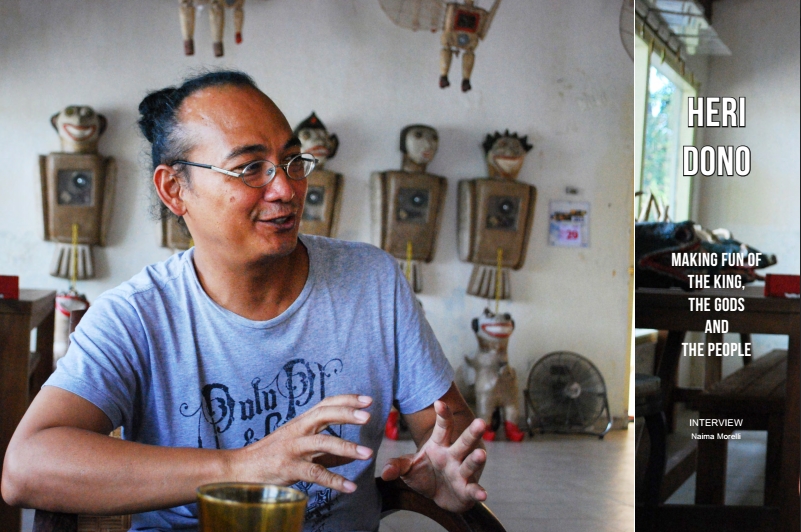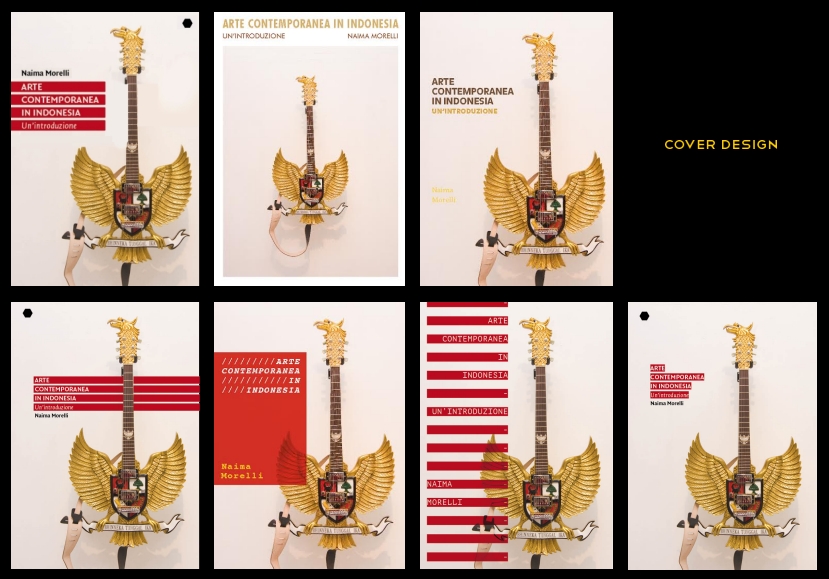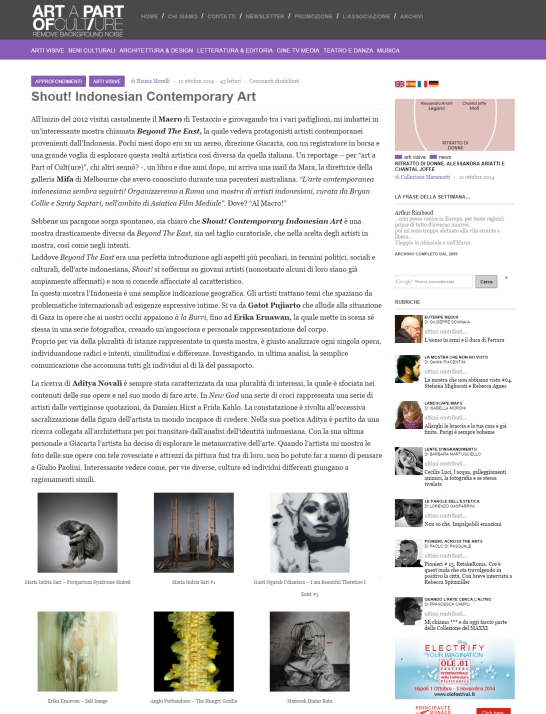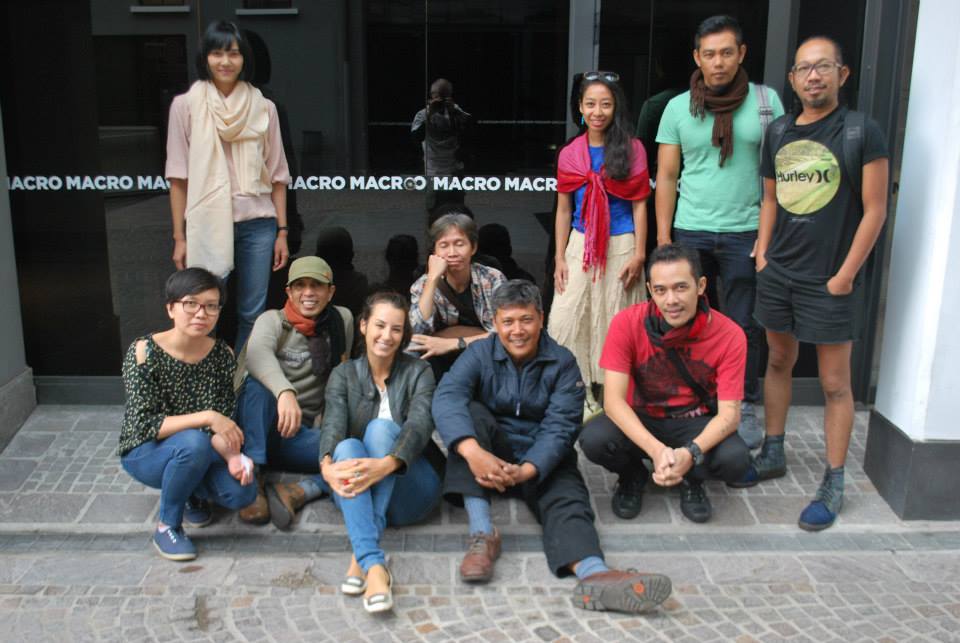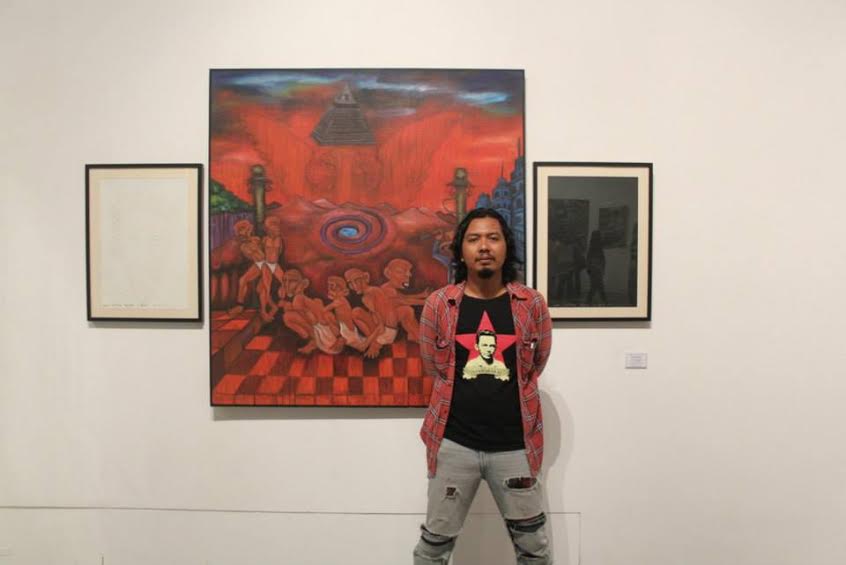
On Friday I had the honour to be invited by Professor Vito Di Bernardi to a conference on Indonesian art at Università di Roma La Sapienza entitled: “New research on Indonesian traditional and contemporary arts (music, dance, theatre, visual arts): an exchange between Indonesian and Italian perspectives”. It was the second time for me to speak about my research in an institutional setting (the first time was when I introduced the Melbournian art scene at an artists’ talk at Rome’s Art Academy) and I found out I really enjoy speaking!
In my paper entitled: “Indonesian Contemporary Visual Art: Origins and Recent Developments” I gave an overview of how contemporary art has developed in Indonesia, from Raden Saleh to Jompet Kuswidananto. Moving from painting in the colonial times I explored the role of art during the independence struggle (how could I have not shown the beautiful paintings of S. Sudjojono, Hendra Gunawan and Affandi?) I then focused on art under the Suharto regime and pointed out the importance of art movements like Gerakan Seni Rupa Baru and PIPA. I described the flourishing of independent art spaces at the beginning of the Reformasi period and evaluated the influence of the market on young artists.
The other speakers at the conference (here’s the complete program) looked at different aspects of the arts in Indonesia. While Prof. Vito di Bernardi analyzed the Javanese and Balinese theater of the twentieth century, Prof. Widyo Harsanto Prayanto explored the concept of Ethnophotography in West Timor. On the other hand, Davide Grosso, Lorenzo Chiarofonte and Ilaria Meloni concentrated on different aspects of music and traditions in Indonesia. I have found particularly interesting Prof. Francesca Gallo’s paper, who delved into the concept of Orientalism in Italian Contemporary Art. Through the work of artists like Matteo Basilè and Luigi Ontani, she showed how the concept of exoticism has to be reconsidered in the postmodern era.
I’ve to say that the audience was just amazing, being composed by people whose interest in Indonesian art was not merely academic. Aside from the professors from the Indonesian Institute of the Arts of Yogyakarta, there were many young people who had traveled to Indonesia many times, researching different cultural aspect and mingling with the local community. It was great to get to know them and exchange contacts and information! Below some images from my presentation and the conference:
Read More
